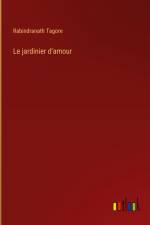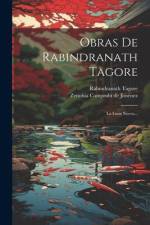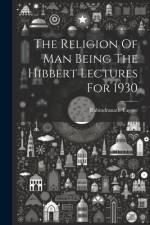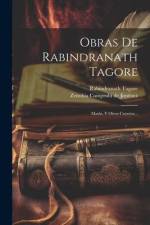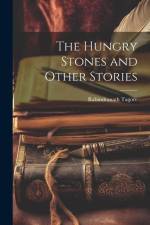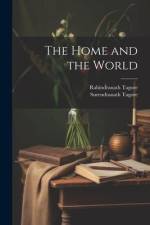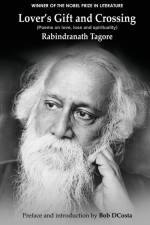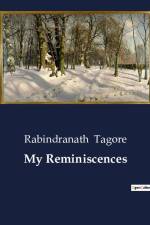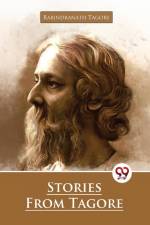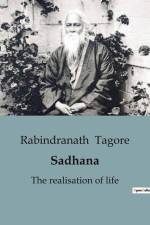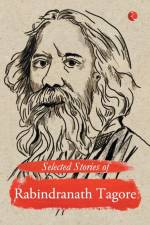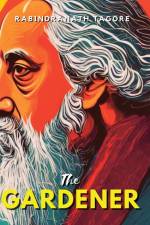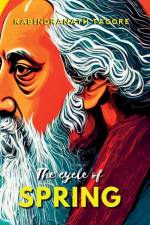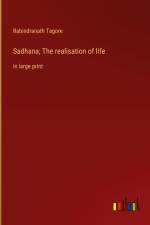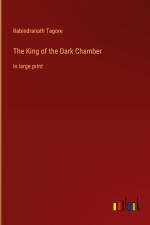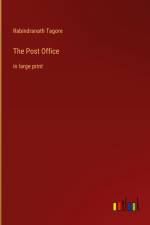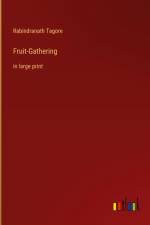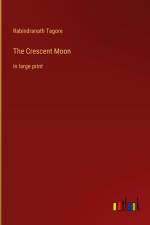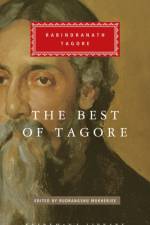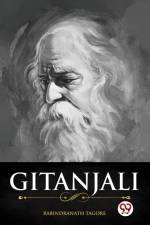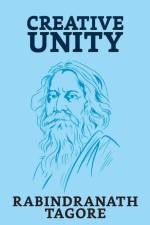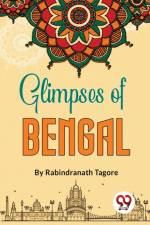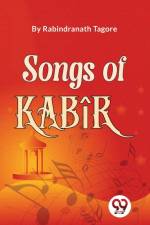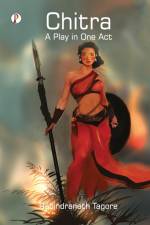av Rabindranath Tagore
285,-
Rabindranath Tagore published his first volume of poetry at the age of thirteen. He went on to become a towering figure in Bengali and world literature.Tagore was remarkably productive over his long life; his complete works fill 32 large volumes and include 60 collections of verse and more than 2,000 songs, two of which have become the national anthems of India and of Bangladesh. In both his poetry and prose he was a great innovator, continually breaking with tradition, endlessly changing his own style, so this volume is full of variety and surprise. If lyric poetry was the anchor of Tagore's creativity, he also wrote devotional, satirical, humorous and even nonsense verse.His themes were as varied as his forms - love, the beauty of nature; philosophy, politics, his hopes and fears for his country, and for the future of mankind. In his fiction he showed profound sympathy for the perspectives of women, children and the poor. This selection - a substantial 900+ pages - offers a representative overview of his work, including his best-known novel, The Home and the World, and his best-known play, Red Oleander, as well as many short stories, novellas, essays, poems and songs.Rudrangshu Mukherjee has drawn on the work of various translators, from early renderings by Surendranath Tagore, the author's nephew, to modern ones by William Radice, Kaiser Haq and Madhuchchhanda Karlekar. Tagore translated some of his work himself, and all the essays and lectures were composed in English


